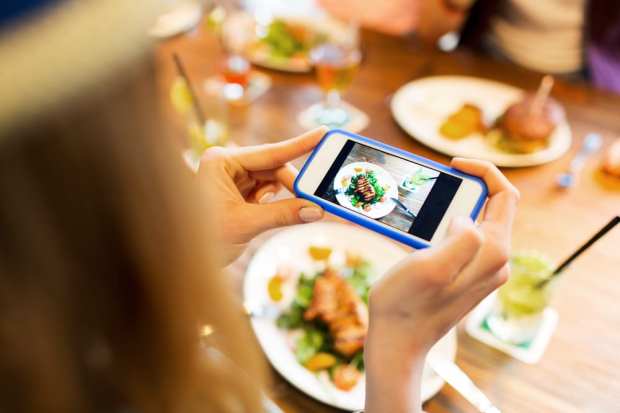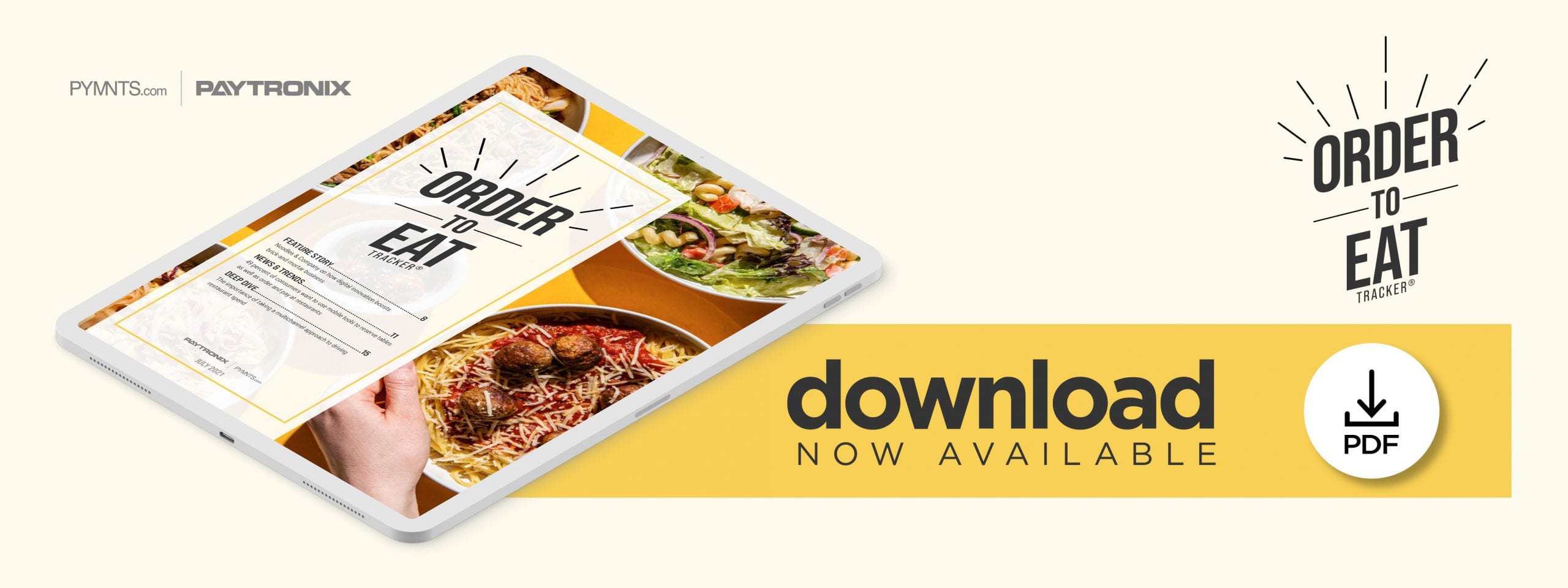Deep Dive: Why Omnichannel Outreach Is Critical To Driving Restaurant Spend

Restaurants and quick-service restaurants (QSRs) have invested in omnichannel outreach in recent years as more consumers have turned to online and mobile channels to place food orders. Fast food players such as Domino’s have integrated their marketing channels to help customers experience a smooth journey from order selection to pick up. But their investments in personalized services through digital and analog channels extend beyond merely sending occasional push notifications to a customer’s device.
Improving customer engagement and interaction is a significant way to build loyalty and incentivize diners to come back for more. About 95 percent of reward program members want to interact with their favorite restaurants through the latest technology, according to research. Additional reports show that consumers are enrolled in 14 loyalty programs on average and engage with seven. Omnichannel marketing is designed to help restaurant operators craft value-added outreach with the customer data they collect. Each piece of information restaurants gather provides more ammunition to create a superior guest experience. Such details include order history, birthday and the time of day most often spent ordering. Restaurants that wield these records wisely can build relationships that foster lifetime value.
This month’s Deep Dive explores the importance of taking a holistic approach to driving restaurant spending and how digital ordering channels can be used to support restaurant sales and vice versa.
Why Now Is The Time For Omnichannel Engagement
A restaurant operator from a decade ago might have purchased a Facebook ad, displayed a different banner on a website and sent emails for greater promotional reach. In a multidimensional approach, however, one message is amplified through numerous media: a synergized app pop-up, email, push notification and ad banner, for example, all spreading essentially the same word. The strategy integrates messaging across platforms as well as in person, offering a powerful way to conduct outreach.
Some restaurants might feel these investments are not worth the trouble, but more than 90 percent of consumers said it is critical to have omnichannel experiences. Omnichannel proponents say these strategies increase revenue, build loyalty, create personalized upsell opportunities and generate a greater return on investment than leveraging one channel at a time. Research shows that loyal customer relationships are built through communication and that restaurateurs reap the greatest benefits when they routinely interact with customers.
There may not be a better time for close communication. The restaurant sector is reviving after more than a year of suffering from closures and restricted capacities, and demand for dining experiences is intensifying. Restaurants posted an increase in same-store sales for the 11th consecutive period, the best results in nearly two months, according to data for the week ending May 30. Additional data indicated that foot traffic at food and beverage locations have increased 41 percent between January and May. A report by DoorDash echoed similar trends of consumers’ reemergence, finding that 65 percent of Americans said they are more likely to celebrate birthdays or holidays with loved ones this year than they were in 2020.
Supporting Digital And Brick And Mortar Sales
Restaurants must cater to patrons who are dining in, but juggling online and in-store customers can be challenging. This is especially true when customers ordering through different channels expect access to the same menu items and many of the same features. Investing in robust digital ordering and delivery methods seems to be a necessity for the years ahead. PYMNTS’ Delivering On Restaurant Rewards report, a collaboration with Paytronix, found that 92 percent of vaccinated restaurant customers who shifted to ordering online during the pandemic were still planning to do so after the health crisis receded. Just 8 percent said they plan to return to their ordering habits predating March 2020.
The report found that revenues from February through March increased for online and in-store sales, indicating that digital ordering has become a key part of the customer experience across channels. Mobile order-ahead, delivery and curbside pickup are likely here to stay, and restaurants must make them a priority.
Customers will continue to expect a comprehensive digital experience, even as they begin to revisit restaurants to dine in with other patrons. Delivering a standout experience will require meeting consumers’ new needs for digital ordering regardless of whether they opt to dine in, take food out, pick up curbside or spring for delivery.

